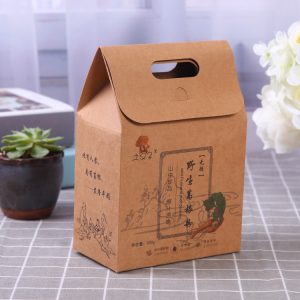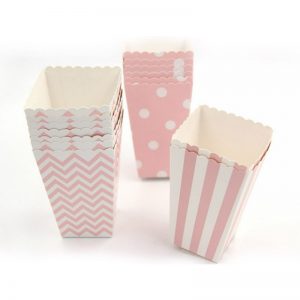The rise of edible food packaging is a significant trend in the effort to reduce plastic waste and promote sustainability in the food packaging industry. Edible packaging refers to materials that are safe to eat and can be consumed along with the food they wrap or contain. Here are some key factors contributing to the increasing popularity of edible food packaging:
- Environmental Concerns: With growing awareness of plastic pollution and its detrimental impact on the environment, consumers and businesses are seeking alternatives to single-use plastic packaging. Edible packaging offers a more eco-friendly solution that reduces plastic waste and its associated environmental problems.
- Biodegradability and Compostability: Edible packaging is often made from biodegradable or compostable materials derived from renewable resources, such as seaweed, rice, potatoes, or cornstarch. These materials break down naturally, leaving behind no harmful residues, which makes them an attractive option for sustainability-conscious consumers.
- Waste Reduction: Edible packaging eliminates the need for separate disposal and reduces overall waste generated from packaging materials. Consumers can simply eat the packaging or compost it along with food scraps, contributing to a circular and waste-reducing food system.
- Food Safety and Quality: Edible packaging materials undergo rigorous testing to ensure they meet food safety standards and do not compromise the quality of the food they come in contact with. Many edible packaging materials also act as barriers against external contaminants, preserving the freshness and safety of the food.
- Innovative Packaging Designs: Edible packaging allows for creative and innovative packaging designs. Manufacturers can shape the packaging into various forms, making it appealing and exciting for consumers.
- Convenience and Portion Control: Edible packaging can be designed for individual servings or portion control, making it convenient for on-the-go consumers.
- Functional Properties: Edible packaging can have functional properties, such as providing extra nutrients or adding flavors to the food it wraps.
- Brand Image and Marketing: Businesses that embrace edible packaging demonstrate a commitment to sustainability and eco-friendliness, which can enhance their brand image and attract environmentally conscious consumers.
While the rise of edible food packaging shows promising potential, it also presents challenges in terms of scalability, cost-effectiveness, and shelf stability. As technology and research continue to advance, edible packaging is expected to become more widely available, offering a greener and more sustainable alternative to conventional plastic packaging in the future.








